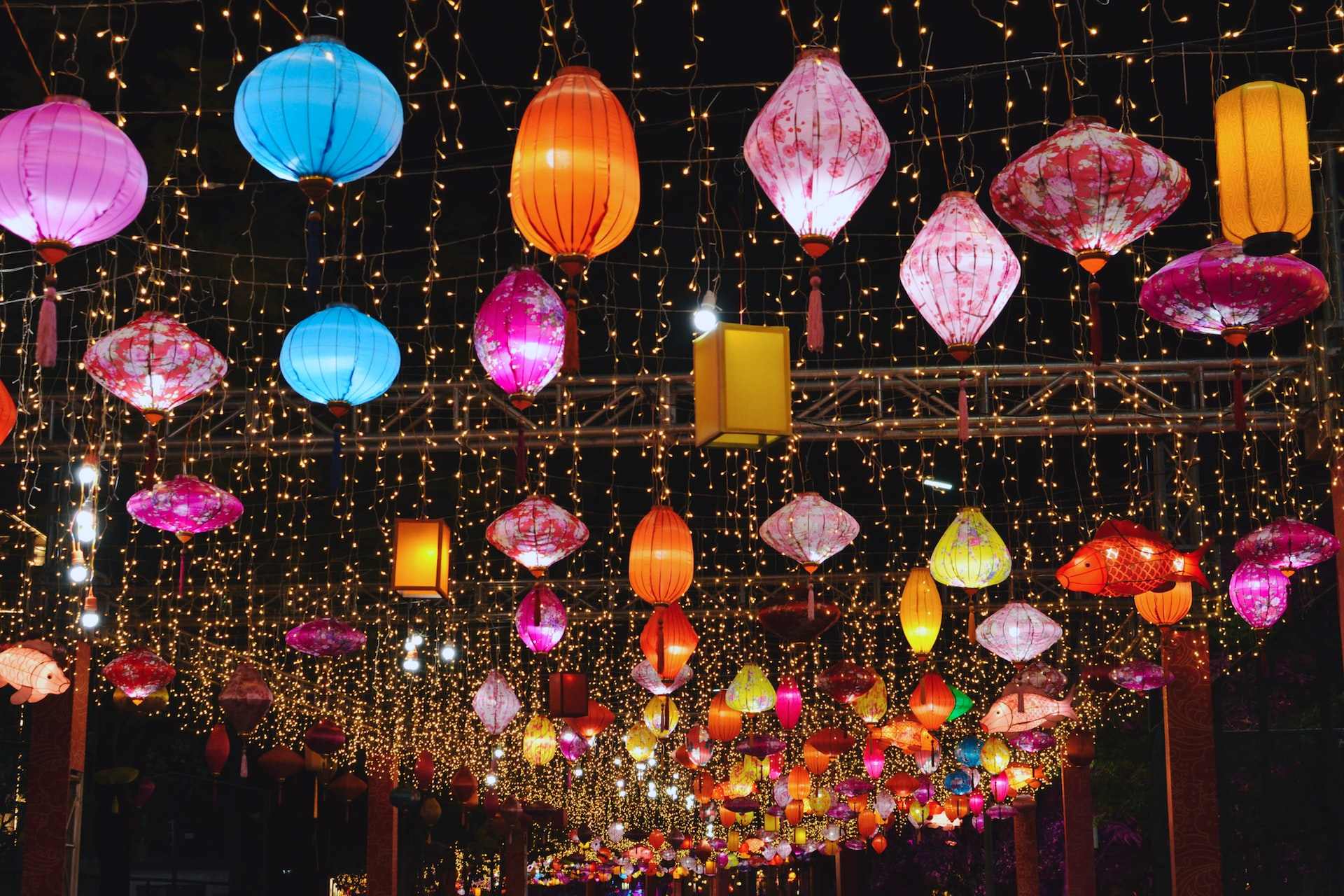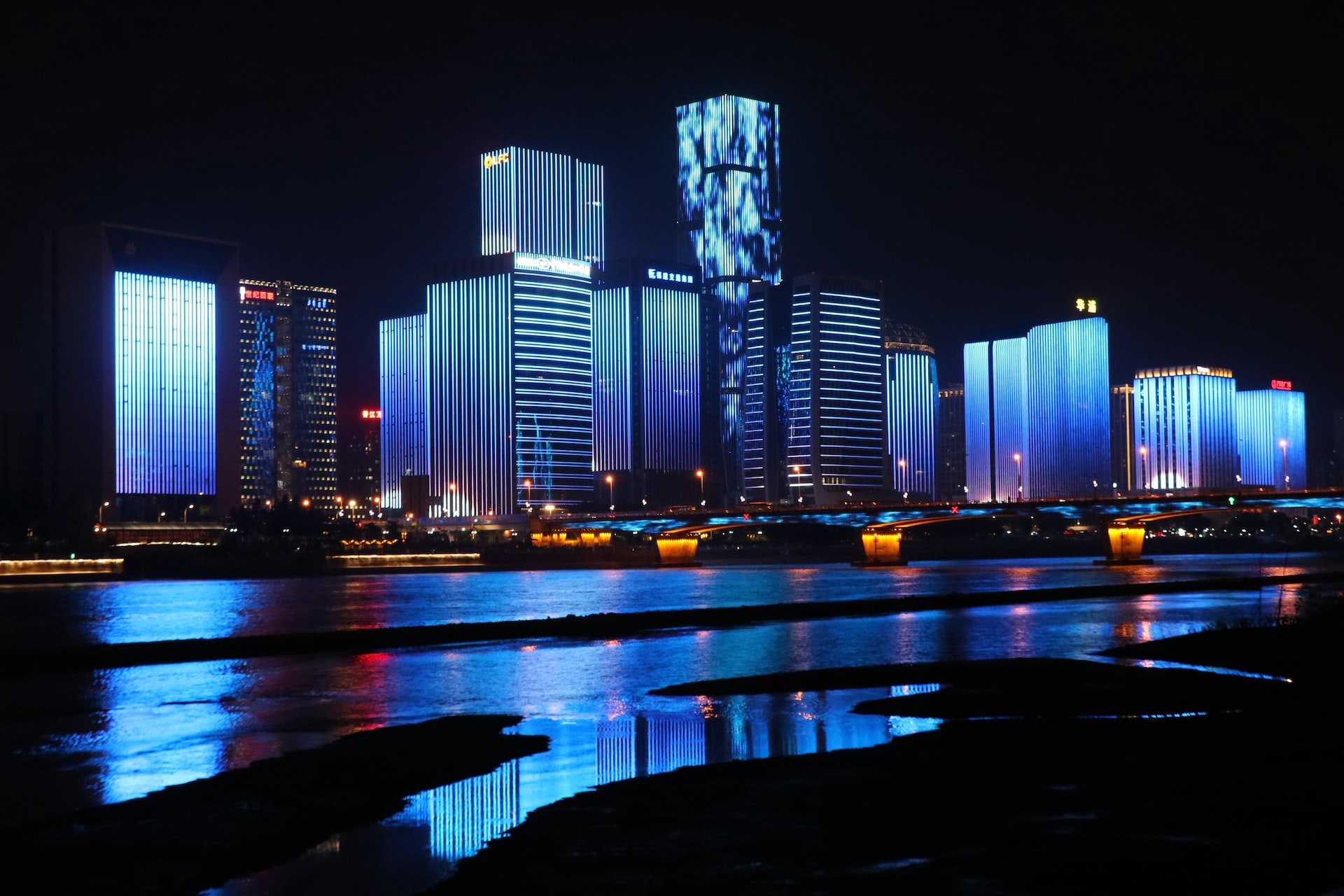Fukuoka weather is considered to be subtropical, with warm winters and hot summers. The city is located on the northern shore of the island of Kyushu, which is the most southerly of the four main islands of Japan. As a result, Fukuoka is less affected by winter cold than other parts of Japan, but it is also more susceptible to typhoons during the summer.
The average temperature in Fukuoka ranges from around 5°C (41°F) in January to around 30°C (86°F) in August. The highest temperature ever recorded in Fukuoka was 39.5°C (103.1°F), which occurred in August 2013. On the other hand, the lowest temperature ever recorded in the city was -7.7°C (18.1°F), which occurred in January 1902.
The rainfall in Fukuoka is relatively consistent throughout the year, with an average of around 100mm (3.9 inches) per month. The wettest month is June, with an average of around 150mm (5.9 inches) of rain, while the driest month is February, with an average of around 50mm (1.9 inches) of rain. However, heavy rainfall can occur at any time, particularly during typhoons.
| Month | Low (°C) | High (°C) | Low (°F) | High (°F) | Rain (%) |
|---|---|---|---|---|---|
| January | 5 | 10 | 41 | 50 | 80 |
| February | 5 | 12 | 41 | 54 | 70 |
| March | 8 | 15 | 46 | 59 | 60 |
| April | 11 | 20 | 52 | 68 | 50 |
| May | 15 | 25 | 59 | 77 | 40 |
| June | 18 | 28 | 64 | 82 | 50 |
| July | 20 | 30 | 68 | 86 | 60 |
| August | 20 | 30 | 68 | 86 | 70 |
| September | 18 | 28 | 64 | 82 | 60 |
| October | 15 | 25 | 59 | 77 | 50 |
| November | 1020 | 50 | 68 | 40 | |
| December | 5 | 15 | 41 | 59 | 30 |
When it comes to the best time to visit Fukuoka, it really depends on what you’re looking for. If you’re looking to experience the city’s famous festivals, such as the Hakata Dontaku Port Festival or the Hakata Gion Yamakasa, then the summer months of June and July would be the best time to visit. However, if you’re looking to enjoy the milder temperatures and avoid the crowds, then the spring or fall months of April, May, September, and October would be a better choice.
For those who are looking to enjoy the outdoors and experience the natural beauty of Fukuoka, the spring months of March to May would be the best time to visit. The cherry blossoms in Fukuoka are a sight to behold, and the mild temperatures make it a perfect time to explore the city’s parks and gardens.
On the other hand, if you’re looking to experience the city’s cultural and historical side, the fall months of September and October would be the best time to visit. The colorful autumn leaves and the milder temperatures make it a perfect time to visit the city’s temples and shrines, as well as explore the city’s rich history.
For those who are looking for a more budget-friendly option, the winter months of November to February would be the best time to visit. The city’s temperatures are mild, and there are fewer tourists, which means that prices for accommodation and travel are generally lower. However, it’s worth noting that some of the city’s attractions, such as its outdoor hot springs, may be closed during the winter months.
In conclusion, the best time to visit Fukuoka really depends on what you’re looking for. Whether it’s to experience the city’s festivals and outdoor activities, or to explore its cultural and historical side, there is always something to enjoy in Fukuoka. It’s worth considering the weather and temperature, as well as the crowds and prices, when planning your trip. And make sure to check the forecast, as typhoons can happen in the summer months.



